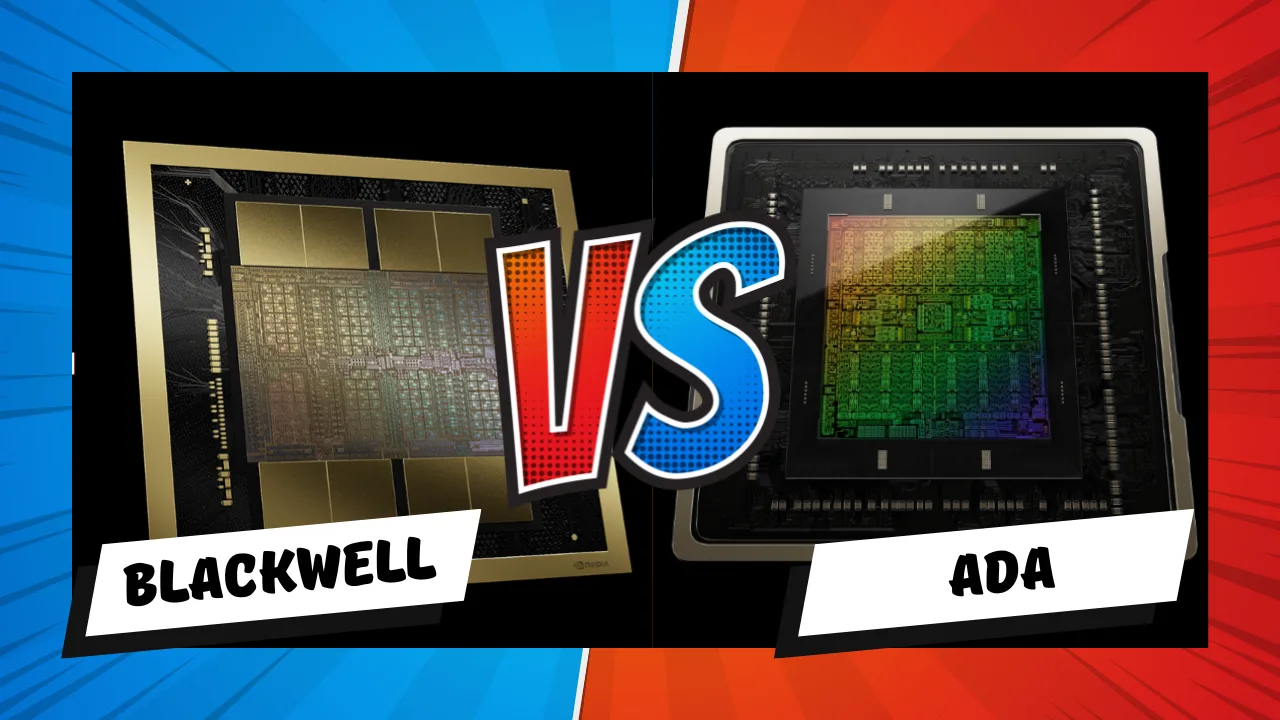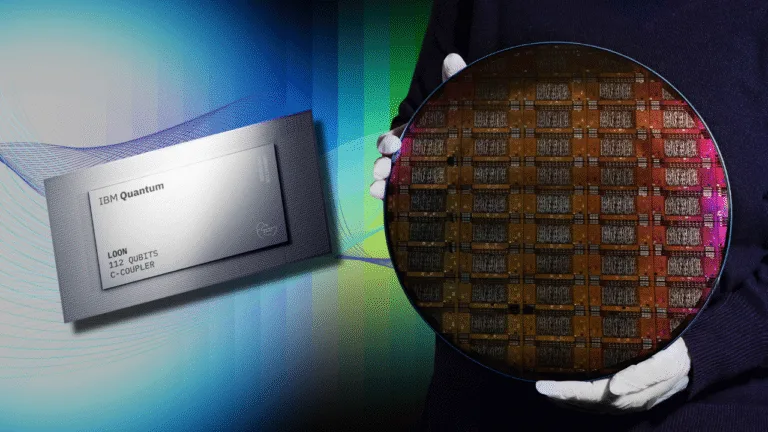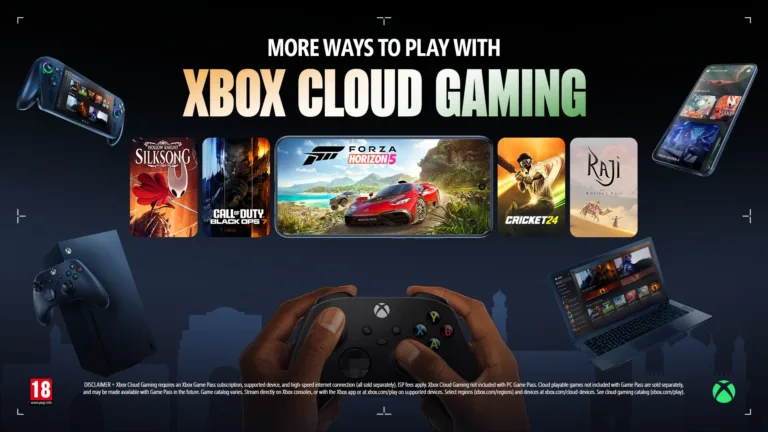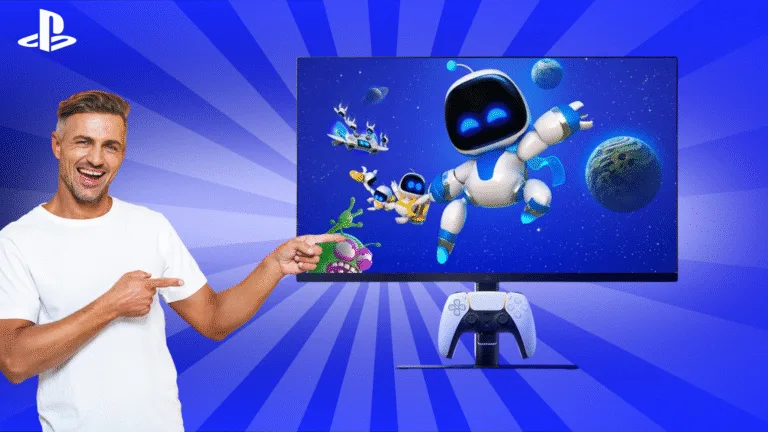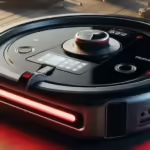NVIDIA’s Ada Lovelace and Blackwell architectures offer significant advancements in GPU technology. This article compares their key features and explores Blackwell’s impact on gaming and performance.
Quick Summary: NVIDIA Ada Lovelace vs. Blackwell Architecture
| Feature | Ada Lovelace (RTX 4090) | Blackwell (RTX 5090) |
|---|---|---|
| Architecture | Ada Lovelace | Blackwell |
| CUDA Cores | 16,384 | 21,760 |
| Boost Clock | 2.52 GHz | 2.41 GHz |
| Memory | 24 GB GDDR6X | 32 GB GDDR7 |
| Memory Interface | 384-bit | 512-bit |
| Memory Bandwidth | 1,008 GB/s (1 TB/s) | 1,792 GB/s (1.8 TB/s) |
| TDP (Total Design Power) | 450W | 575W |
| Launch Price | $1,599 | $1,999 |
| Release Date | October 2022 | January 2025 |
Estimated Gains Over Ada Lovelace
| Feature | Blackwell Improvement |
|---|---|
| Ray Tracing | ~2x (80-100% performance gain) |
| DLSS AI Rendering | DLSS 4.0 (Enhanced AI rendering) |
| Power Efficiency | 15-30% better |
| Gaming FPS | ~20-40% higher FPS at 4K |
NVIDIA Ada Lovelace Architecture
The Ada Lovelace architecture is designed to deliver high performance in various tasks, such as gaming, content creation, professional graphics, AI, and computing tasks. Key advancements in this architecture include enhanced ray-tracing capabilities and AI-based neural graphics.
Fourth-Gen Tensor Cores
- Performance Boost: The fourth-generation Tensor Cores in Ada GPUs deliver up to 5x improved throughput compared to previous generations, reaching 1.4 Tensor-petaFLOPS using the FP8 Transformer Engine. These cores accelerate AI technologies, including NVIDIA DLSS and DLSS 3.
Third-Gen RT Cores
- Ray Tracing: The third-generation Ray Tracing (RT) Cores double the ray-triangle intersection throughput, increasing RT-TFLOP performance by over 2x.
- Opacity Micromap (OMM) Engine: Accelerates ray tracing for alpha-tested textures like foliage and particles.
- Displaced Micro-Mesh (DMM) Engine: This engine reduces Bounding Volume Hierarchy (BVH) build time by up to 10x, enabling more efficient real-time ray tracing.
Shader Execution Reordering (SER)
- Performance Improvement: SER reorganizes inefficient shader workloads into more efficient sequences, boosting shader performance by up to 3x. This technology can enhance frame rates in games by up to 25%.
DLSS 3 (Deep Learning Super Sampling)
- AI-Powered Performance: DLSS 3 utilizes the fourth-generation Tensor Cores with an Optical Flow Accelerator to generate additional high-quality frames, significantly improving gaming performance.
Comparison from Predecessor: DLSS 2 vs. DLSS 3
| Feature | DLSS 2 | DLSS 3 |
|---|---|---|
| AI Upscaling | Yes | Yes |
| AI Frame Generation | No | Yes |
| Hardware Requirements | RTX 20/30/40 Series GPUs | RTX 40 Series GPUs only |
| Performance Focus | Upscaling and stable frame rates | Upscaling + Frame generation for higher FPS |
Key Difference: DLSS 3 introduces AI frame generation, providing a significant performance boost by not only upscaling but also generating extra frames.
AV1 Encoders
Ada GPUs include eighth-generation NVIDIA NVENC encoders with support for AV1, which is 40% more efficient than H.264. This enables users to stream at higher resolutions (e.g., from 1080p to 1440p) without increasing bitrate or quality loss.
NVIDIA Blackwell Architecture
The Blackwell architecture introduces significant advancements in generative AI and accelerated computing, offering performance, efficiency, and scalability improvements.
Second-Generation Transformer Engine
- Optimized for AI: Blackwell leverages custom Blackwell Tensor Core technology, combined with frameworks like TensorRT-LLM and NeMo, to accelerate inference and training for Large Language Models (LLMs) and Mixture-of-Experts (MoE) models.
- New Precision: Supports 4-bit floating point (FP4), optimizing model performance and memory usage without compromising accuracy.
Confidential Computing
- Security for AI Models: Blackwell introduces hardware-based security mechanisms to protect AI models and sensitive data during training and inference. It also supports Trusted Execution Environment I/O (TEE-I/O) for secure AI model operations.
NVLink and NVLink Switch
- High-Performance Interconnect: The fifth-generation NVIDIA NVLink supports up to 576 GPUs, offering an extraordinary 130TB/s GPU bandwidth in large multi-GPU configurations, making it suitable for AI/ML and high-performance computing tasks.
Decompression Engine
- Accelerated Data Workflows: The Decompression Engine offloads computational tasks from CPUs, enhancing performance for database queries and data analytics.
RAS (Reliability, Availability, and Serviceability) Engine
- Fault Detection and Diagnostics: The RAS Engine provides real-time monitoring, fault detection, and diagnostics, reducing downtime and improving system reliability.
FAQ
1. What Does Blackwell Mean for Gaming?
NVIDIA’s Blackwell architecture is expected to enhance gaming performance significantly, offering:
- Improved Ray Tracing: More realistic lighting, shadows, and reflections.
- Enhanced AI: Features like DLSS for higher frame rates and stunning visuals.
- Better Power Efficiency: Lower power consumption while maintaining or enhancing performance.
- Increased VR Performance: Reduced latency and higher frame rates for smoother VR experiences.
2. Difference Between Blackwell and Hopper
| Feature | Blackwell (Gaming GPUs) | Hopper (AI/Compute GPUs) |
|---|---|---|
| Primary Use Case | Gaming, content creation, consumer GPUs | AI/ML training, data centers, supercomputing |
| Design Priorities | Real-time graphics, ray tracing, AI-enhanced visuals | High-performance tensor cores, compute efficiency |
| Core Architecture | Focus on gaming workloads | Designed for AI/ML and supercomputing |
| Efficiency | Energy-efficient for consumer use | Maximized compute throughput for servers |
| Software Ecosystem | GeForce Experience, gaming drivers | NVIDIA AI frameworks (CUDA, TensorRT, etc.) |
Key Difference: While Blackwell focuses on gaming and rendering, Hopper is designed to handle AI/ML workloads and high-performance computing.
3. What Is Next After Nvidia Blackwell?
NVIDIA’s future architectures may include:
- Further AI Integration: Expanding AI features for gaming and productivity tools.
- Quantum/Edge Computing: Exploring quantum algorithms and edge computing.
- Focus on Sustainability: Innovations in reducing environmental impact.
- Emerging Gaming Technologies: Support for Metaverse, VR/AR, and neural rendering.
4. How Much Better Is Nvidia Blackwell?
While full specifications are expected in 2025, here are some anticipated improvements over Ada Lovelace:
- Core Efficiency: Estimated 15-30% better performance per watt due to advanced manufacturing processes.
- Ray Tracing & AI: Improved RT and Tensor cores for faster and more realistic visuals.
- Memory and Bandwidth: Upgraded VRAM capacity (potentially 24GB+) and memory bandwidth, ensuring smoother performance in high-res gaming and professional workloads.
